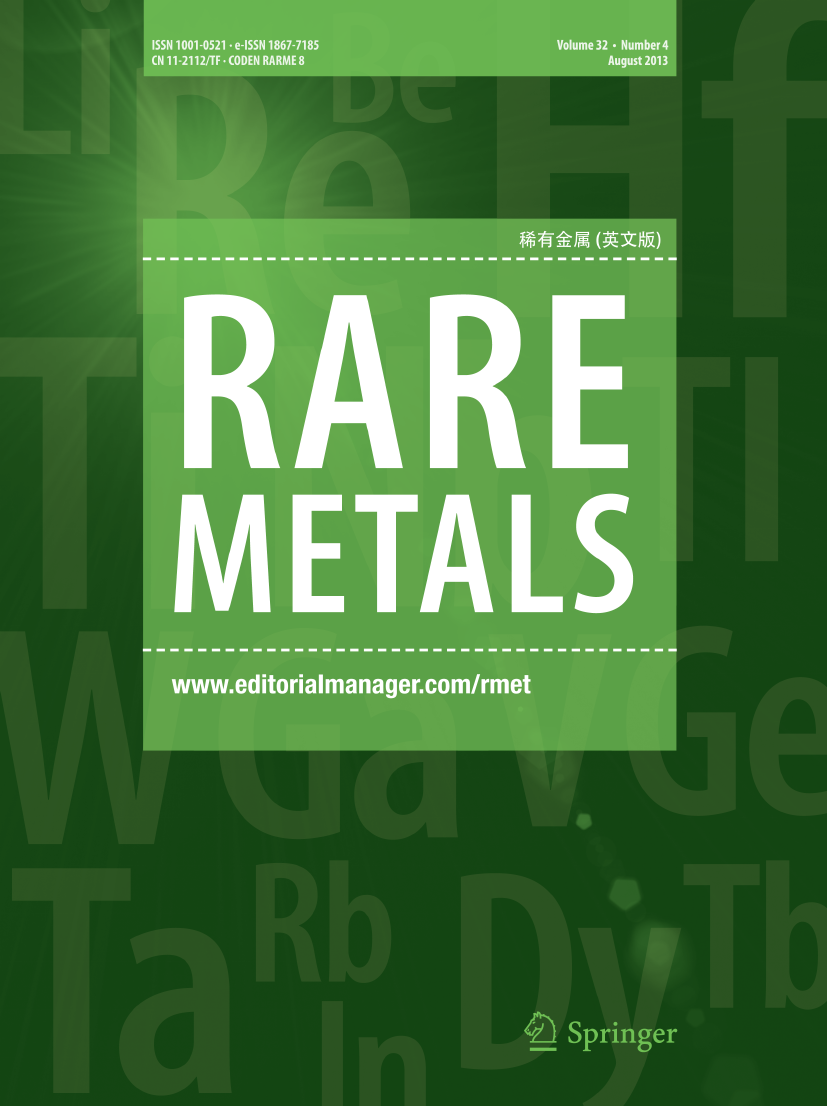Ordered mesoporous carbon-supported iron vanadate anode for fast-charging, high energy density, and stable lithium-ion batteries
Abstract
Developing fast-charging lithium-ion batteries (LIBs) that feature high energy density is critical for the scalable application of electric vehicles. Iron vanadate (FVO) holds great potential as anode material in fast-charging LIBs because of its high theoretical specific capacity and the high natural abundance of its constituents. However, the capacity of FVO rapidly decays due to its low electrical conductivity. Herein, uniform FVO nanoparticles are grown in situ on ordered mesoporous carbon (CMK-3) support, forming a highly electrically conductive porous network, FVO/CMK-3. The structure of CMK-3 helps prevent agglomeration of FVO particles. The electrically conductive nature of CMK-3 can further enhance the electrical conductivity of FVO/CMK-3 and buffer the volume expansion of FVO particles during cycling processes. As a result, the FVO/CMK-3 displays excellent fast-charging performance of 364.6 mAh·g−1 capacity for 2500 cycles at 10 A·g−1 (with an ultralow average capacity loss per cycle of 0.003%) through a pseudocapacitive-dominant process. Moreover, the LiCoO2//FVO/CMK-3 full cell achieves a high capacity of 100.2 mAh·g−1 and a high capacity retention (96.2%) after 200 cycles. The superior electrochemical performance demonstrates that FVO/CMK-3 is an ideal anode material candidate for fast-charging, stable LIBs with high energy density.
Graphical abstract

 求助内容:
求助内容: 应助结果提醒方式:
应助结果提醒方式:


